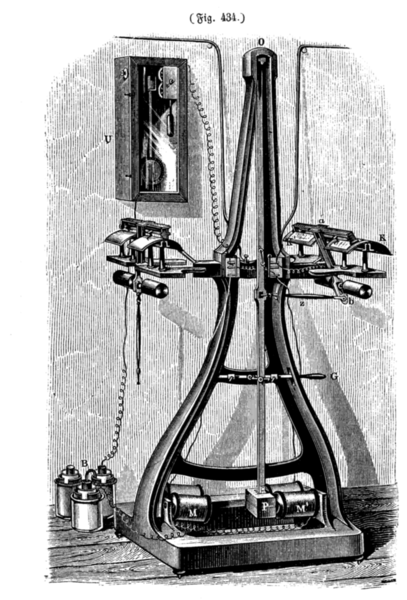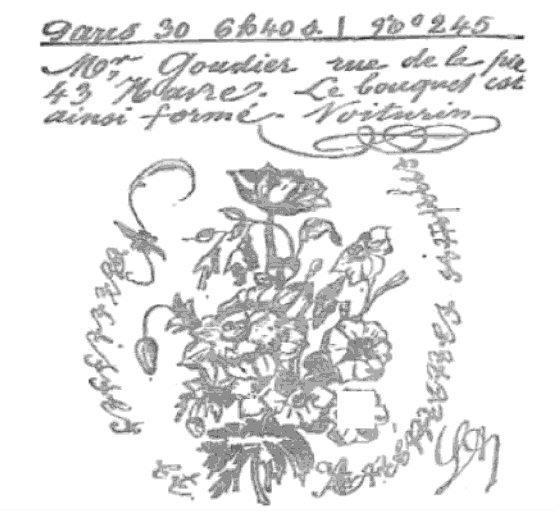
Figure 1 – Caselli’s “Pantelegraph” from the German wikipidia and in the public domain. erman Wikipidia, original source: Die gesammten Naturwissenschaften, Dritte Auflage, In drei Bänden, Erster Band, Druck und Verlag von G. D. Bädeker, 1873, Seite 855 unten, Bild
My reason for discussing analogue vs. digital signals was to put us in a position to explore the early methods for transmitting images across telegraph and telephone lines. All of these early processes were analogue in nature. This means that a voltage is created at the transmitting side and this voltage is converted back on the receiving side to intensity on a surface. Indeed, it is always a two sided process. There has to be a means, on the transmitting side, to convert the intensity on the paper to a voltage and, on the receiving side, back to an intensity.
In addition, while the processes of telegraphy and telephony are intrinsically linear – a series of dots and dashes as a function of time or the voice translated to voltage as a function of time, images are intrinsically two dimensional. Therefore, there needs to be an intrinsic scanning element at both ends, so that the two dimensional image can be properly translated.
The first, system for transmitting images was developed by Giovanni Caselli (1815-1891) in the mid 1850’s. His “pantelegraph” was demonstrated by no less than French physicist Alexandre-Edmond Becquerel (1820-1891) to the French Academy of Sciences in 1858 (the year of the first transatlantic cable). The “pantelegraph” is, arguably, more of a facsimile (FAX) machine than an image transmitter. It copied small handwritten documents (111 mm x 27 mm) of up to 25 words, which it could do in 108 seconds. For the most part it was used to transmit signatures and, therefore, to verify checks. Never-the-less the concept of image transmission was born with the “pantelegraph.”

Figure 2 – an example of a Caselli “pantelegram,” from the Wikimediacommons and in the public domain.
The signature or other writing was drawn on a metal plate with insulating ink. A pendulum driven scanner scanned an electrode or stylus across the plate and the current between the plate and the stylus was measured. Wherever there was writing the current would drop. This was converted to a voltage that was transmitted across the telegraph line. On the receiving side, paper impregnated with potassium ferricyanide was used. The process was reversed. Whenever current flowed across the paper the potassium ferricyanide would darken.
In November of 1860, Caselli demonstrated the “pantelegraph” along a special line between Paris and Amiens. Caselli successfully transmitted the signature of opera composer Gioachino Rossini (1792-1868) over the 140 km distance. The first “pantelogram was subsequently transmitted from Lyons to Paris on February 10, 1862.
One sees in this the absolute brilliance and creativity of nineteenth century engineers and scientists. They dwelt in an analogue world, and it presented no limitations.
* I want to thank a Facebook reader for making me aware of Caselli’s “pantelegraph.” I was going to start with photograph. But this is an important part of the story.
